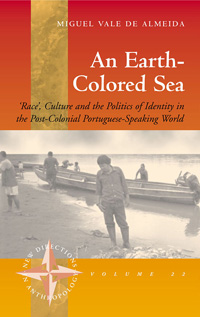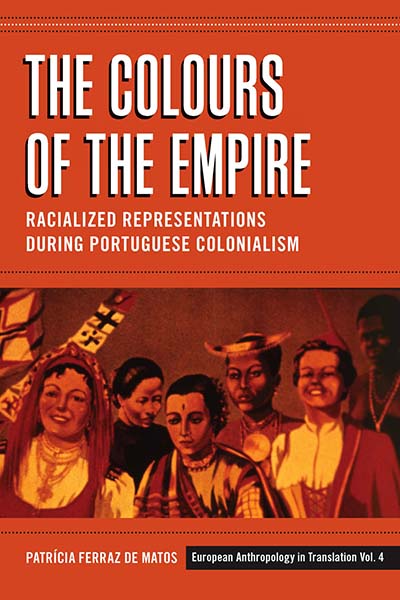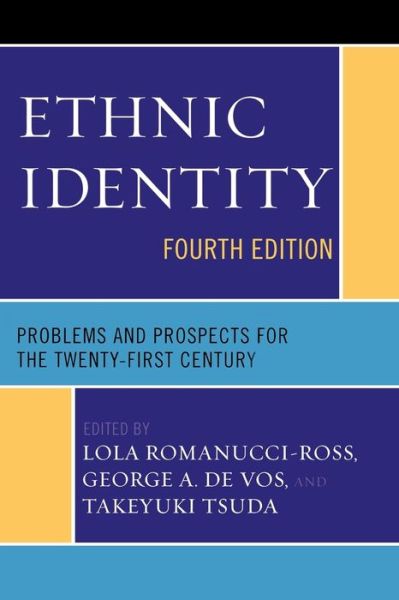Masculinity and whiteness in the construction of the Brazilian RepublicPosted in Anthropology, Articles, Brazil, Caribbean/Latin America, History, Media Archive, Social Science on 2013-08-16 23:52Z by Steven |
Masculinity and whiteness in the construction of the Brazilian Republic
Agência FAPESP: News Agency of the São Paulo Research Foundation
2013-06-12
José Tadeu Arantes
Sexual discipline and whitening of the population were the guidelines of the conservative modernization promoted by the elite, affirms study
Agência FAPESP – Masculinity and whiteness were the ideals of the Brazilian elite at the end of the 19th century — ideals that represented rejection of Brazil’s colonial and monarchical past and the mixed-race heritage of its people and defining a model of sexual discipline and whitening on which to build the Brazil of the future.
From the perspective of this elite, which was at once conservative and modern, the past and the people were associated with nature, instincts and backwardness. The model that inspired the elite was the idealized portrait of more developed countries in Europe and the United States. That idea is the main thread of the book “The Desire of a Nation” by Richard Miskolci, professor in the Department of Sociology at the Universidade Federal de São Carlos (UFSCar) and coordinator of the study group “Bodies, Identities and Subjectivations,” which brings together several Brazilian universities.
The book, which was the result of post-doctoral studies at the University of Michigan in 2008 and a FAPESP Research Grant, also received funding from FAPESP for publication. The book explores how the desires and fears of this elite promoted the transition from a monarchy to a republic and the conservative modernization of the country.
“It investigated the national ideas running against the grain through analysis of the specters that haunted our elite: from fear of Negros, which after abolition became a fear of common people, to sexual anxieties and gender, which threatened the project of building a nation based on the idealized image of Europe,” commented Miskolci, who is currently a visiting professor at the Department of Feminist Studies at the University of California, Santa Cruz…
Read the entire article here.




